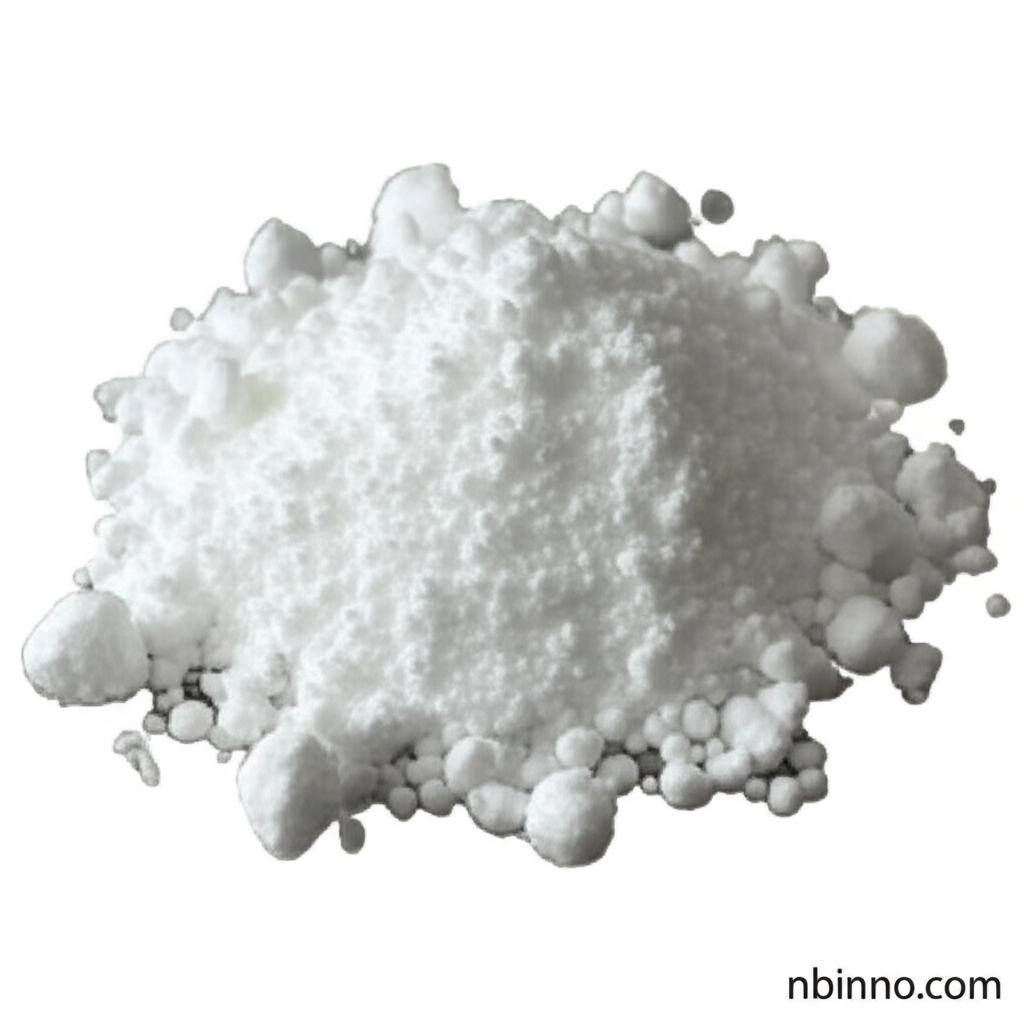Tri-O-acetyl-D-glucal CAS 2873-29-2: A Versatile Carbohydrate Building Block for Synthesis
Unlock complex organic molecules with Tri-O-acetyl-D-glucal, a key intermediate in modern chemistry.
Get a Quote & SampleProduct Core Value

Tri-O-acetyl-D-glucal
Tri-O-acetyl-D-glucal (CAS 2873-29-2) is a pivotal compound in organic synthesis and carbohydrate chemistry. Its versatility makes it an indispensable tool for researchers developing novel chemical entities and understanding biological processes. This compound's unique structure allows for precise modifications, making it a sought-after intermediate for various advanced applications.
- A cornerstone in Tri-O-acetyl-D-glucal synthesis, this compound is essential for producing complex carbohydrate structures.
- Discover the wide range of CAS 2873-29-2 applications, from pharmaceutical intermediates to advanced materials research.
- Leverage Tri-O-acetyl-D-glucal as one of the key carbohydrate chemistry building blocks for your synthetic projects.
- Utilize its role as a glycosylation reactions precursor to efficiently create complex oligosaccharides and glycoconjugates.
Key Advantages
Synthetic Versatility
As a primary organic synthesis intermediate, Tri-O-acetyl-D-glucal offers a flexible platform for constructing intricate molecular architectures. Its reactivity profile is well-studied, ensuring predictable outcomes in synthetic pathways.
Enabling Glycosylation
This compound is instrumental in facilitating glycosylation reactions, a critical step in synthesizing biologically relevant molecules like glycoconjugates, which are vital in drug discovery and glycobiology research.
Research & Development Backbone
Tri-O-acetyl-D-glucal serves as a vital reagent in medicinal chemistry and materials science, contributing to the development of new therapeutics and advanced materials.
Key Applications
Advanced Organic Synthesis
Researchers utilize Tri-O-acetyl-D-glucal for its utility in complex organic synthesis, enabling the creation of novel compounds with specific functionalities.
Carbohydrate Chemistry
In carbohydrate chemistry, it acts as a fundamental building block for modifying and constructing complex sugar structures, essential for biochemical research.
Pharmaceutical Intermediates
Its role as a pharmaceutical intermediate is crucial for the synthesis of active pharmaceutical ingredients (APIs) and other drug candidates.
Glycobiology Research
The compound is key in studies exploring glycosylation reactions and their impact on biological systems, aiding in advancements in glycobiology.
